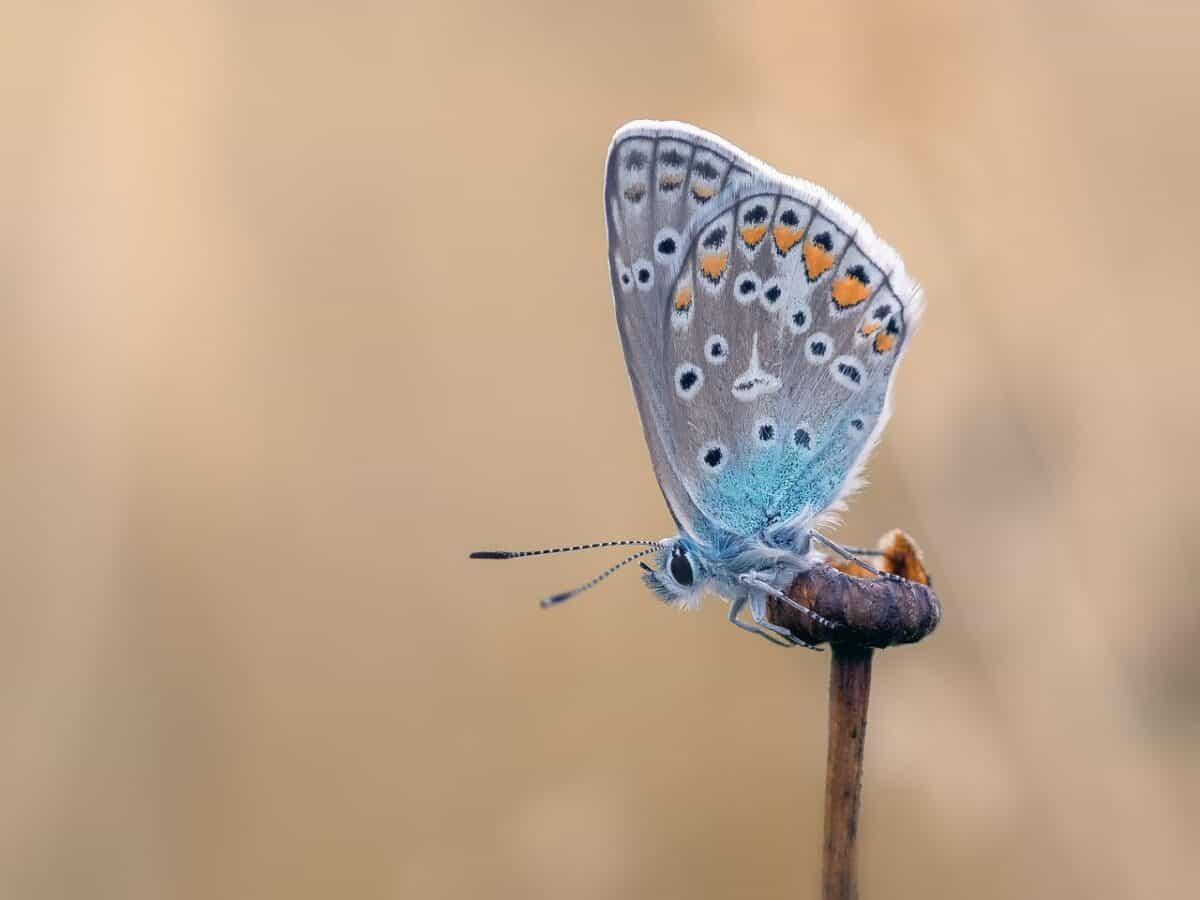Butterflies add a vibrant splash of color to any garden, but attracting rare species requires a bit more effort and planning. In this article, we’ll explore how gardeners can naturally create a haven that draws these winged beauties, transforming outdoor spaces into a sanctuary for both gardener and butterfly alike. Dive in to learn about habitat preservation, the importance of native plants, and other butterfly-friendly practices.
The Importance of Understanding Rare Butterfly Species

The first step in attracting rare butterflies is understanding which species are native to your area. Rare butterflies often have specific habitat requirements and host plants necessary for their life cycle. Knowing these preferences will guide you in creating an environment that meets their needs, supporting both butterfly populations and biodiversity in your region.
Creating an Ideal Habitat

To invite rare butterflies to your garden, mimic their natural habitats as closely as possible. This means providing the right mix of sunlight, shade, and protection from harsh weather. Butterflies are cold-blooded and rely on the sun to regulate their body temperature, so ensure there are sunny spots in your garden where they can bask. Conversely, offering shaded areas and windbreaks can offer crucial shelter when the weather turns less favorable.
Choosing Native Plants for Your Garden

Native plants are vital for attracting rare butterflies. These plants often serve as host plants for butterfly larvae, offering nourishment and a place to lay eggs. Research which native plant species are favored by local rare butterflies and incorporate these into your garden design. This not only supports butterflies but also fosters a resilient and sustainable ecosystem within your garden.
Providing Nectar Sources

Adult butterflies feed on nectar, and providing an abundant supply can entice them to visit and stay. Choose a variety of blooming plants that provide continuous nectar sources from spring through fall. Plants like milkweed, asters, and coneflowers are excellent choices, as they attract a wide range of butterfly species with their nectar-rich blooms.
Creating Butterfly Puddling Areas

Butterflies need more than just nectar to thrive; they also require minerals and salts. Create puddling stations by leaving shallow dishes of wet sand or mud. Add a pinch of salt or dissolve a bit of garden soil in water to offer a nutrient source. These puddling areas can be a popular gathering spot for butterflies, especially during the hotter months.
Avoiding Pesticides

Pesticides and insecticides can be fatal to butterflies and other beneficial insects. To maintain a healthy butterfly garden, opt for natural pest control methods. Encourage a balance of predators and prey by planting a diverse array of species and providing habitats for insect-eating birds and beneficial insects like ladybugs and hoverflies.
Supporting All Life Stages

A compassionate gardener will consider the entire life cycle of a butterfly. Provide not just nectar sources for adults but also host plants for caterpillars. For rare species, this might mean planting specific host plants and allowing these plants to sustain caterpillars peacefully. By doing so, you support the next generation of butterflies.
Creating a Water Source

Butterflies need water but prefer it in a shallow, accessible form. Create a butterfly-friendly water source by setting out a shallow dish filled with fresh water. Add pebbles or stones so butterflies can perch easily while drinking. Water sources not only quench butterflies’ thirst but also contribute to a more butterfly-friendly environment overall.
Ensuring Continuous Bloom

To keep butterflies coming, aim for a garden that blooms continuously throughout the year. This requires planning with a mix of annuals, perennials, and shrubs that flower at different times. Consider design elements like height and color to create a visually appealing garden that is also rich in resources for butterflies.
Encouraging Diversity

Diversity is key to a thriving butterfly garden. By planting a range of different species, you create an ecosystem that supports not just butterflies but numerous other pollinators and wildlife. Diverse plantings improve soil health, support more robust ecosystems, and, ultimately, encourage broader butterfly visitation, including rarer species.
Understanding Seasonal Patterns

Understanding the seasonal habits of butterflies can also boost your chances of attracting rare species. Some butterflies are migratory, appearing only during certain times of the year. Identify these seasonal patterns and plan your garden maintenance and planting schedule around these cycles to ensure your garden is at its most inviting when these butterflies are nearby.
Developing Community Efforts

Creating a butterfly-friendly environment can become a community endeavor. Encourage neighbors and community groups to plant butterfly gardens, forming corridors that support both local and rare butterfly populations. Networking with local conservation groups can also provide additional resources and support in your efforts to attract rare butterflies to your garden.
Conclusion

Attracting rare butterflies to your garden is a rewarding endeavor that requires thoughtful planning and execution. By focusing on native plants, habitat creation, and ecological practices, your garden can become a vibrant butterfly haven. As you watch these rare species flutter through, you’ll enjoy not only their beauty but the satisfaction of contributing to their conservation. Embrace these natural practices and witness the transformation and thriving life in your garden space.
- 12 Fascinating Shark Facts And 3 That Are Totally Wrong - August 21, 2025
- 11 Animals That Can Clone Themselves - August 21, 2025
- 15 Cat Breeds Vets Secretly Wish You’d Stop Buying - August 21, 2025

